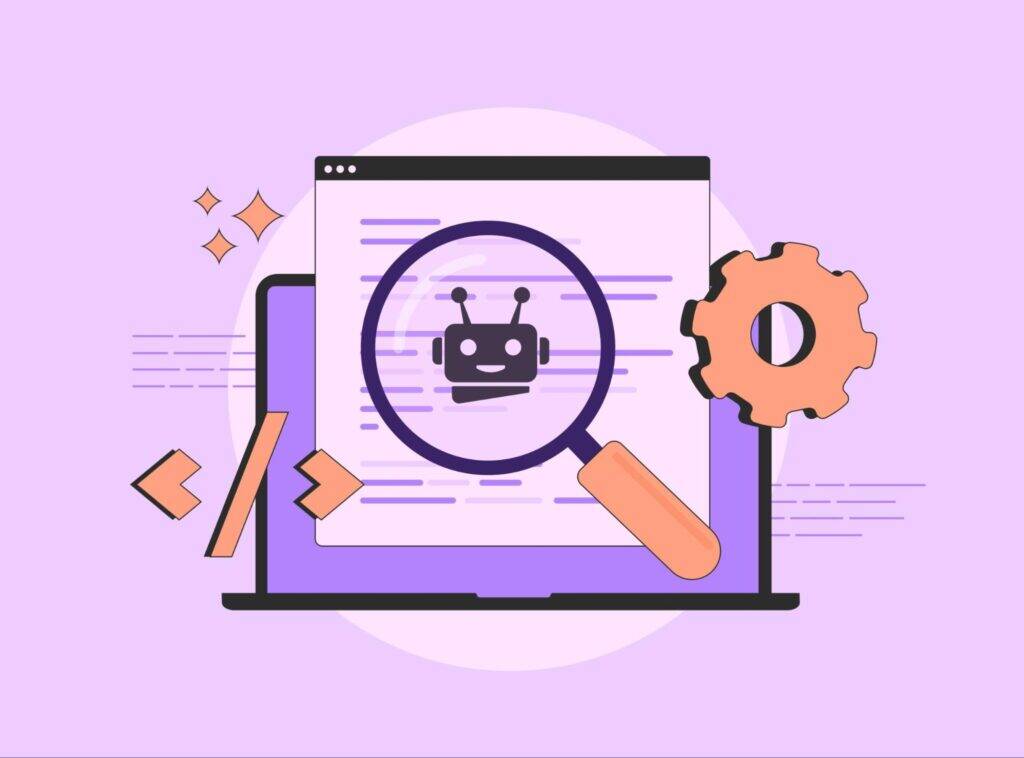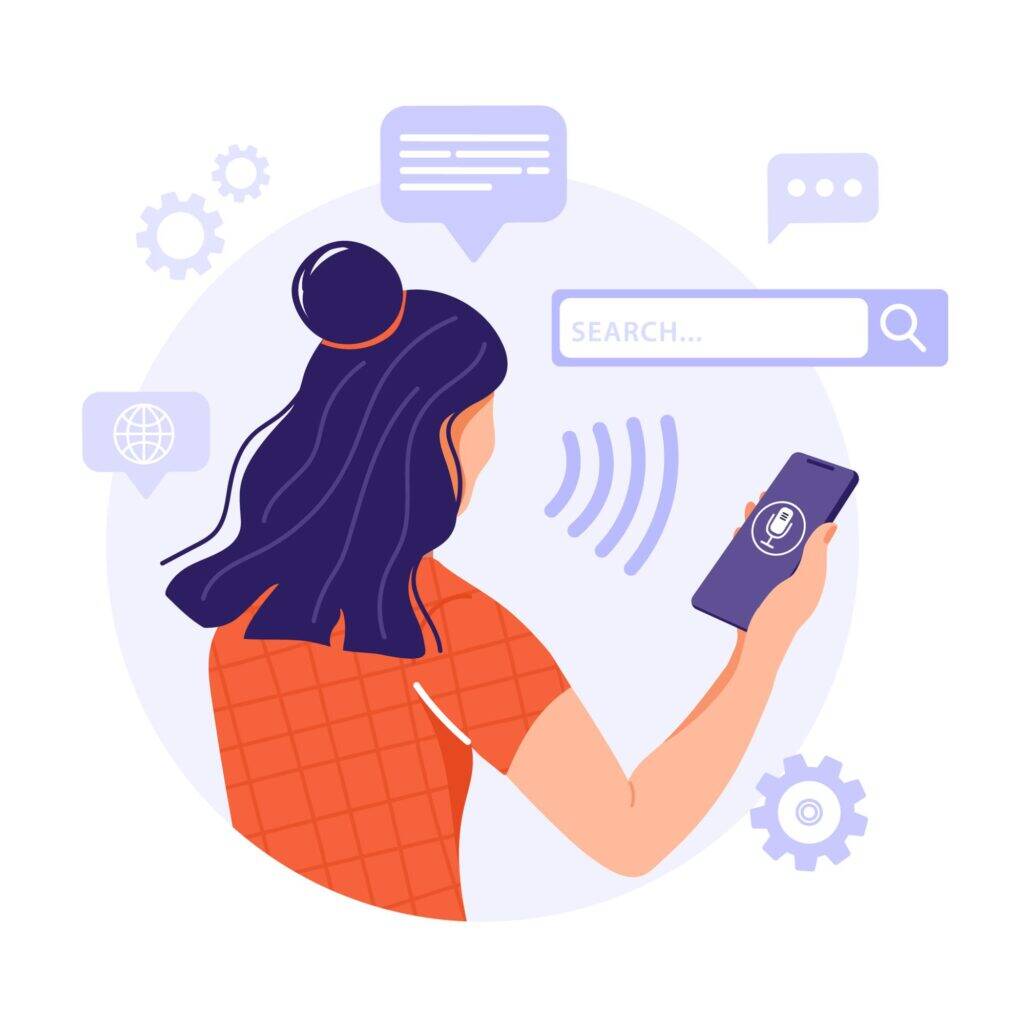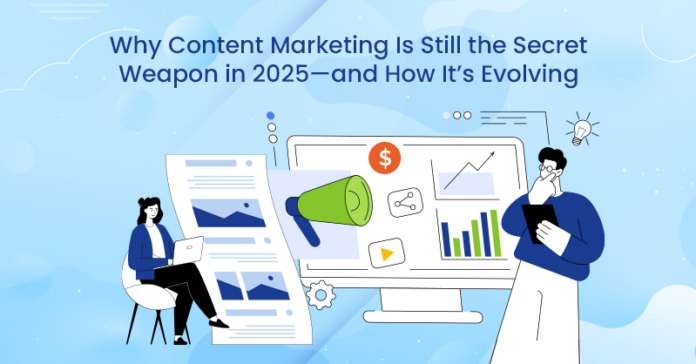Have you ever had a passing thought about giving up on content marketing?
Even just for a second?
It turns out that many of us feel the same way. In a Content Marketing Institute survey, 58% of marketers admit they struggle with their content strategies, saying they’re moderately effective or not effective at all.
Does it mean content marketing has run out of steam, and you need to shift your focus elsewhere?
Definitely not.
Giving up on content marketing in 2025 would be like walking out of a culinary contest in the middle of the winning round just because you couldn’t find the supply closet with luxury tools and the best products.
And here’s why.
Is Content Marketing Still a Thing in 2025?
Sure. It has always been relevant and always will be.
Luca Castelli, CMO of Detectico, put it perfectly when he said,
“Content marketing connects you with your audience in a genuine, truthful, and meaningful way. That’s something traditional marketing can’t do. Ads don’t get people excited. I recently came across a study where 51% of consumers find irrelevant, non-personal ads pretty annoying. You wouldn’t say that about a well-written piece of content that hits home.”
Over 80% of marketers agree with Luca and actively invest in content marketing.
That’s a clear sign that content-based strategies are here to stay.
But just because content marketing is a tried-and-tested strategy doesn’t mean it’s not evolving. It is. New tools, practices, and strategies keep popping up, reshaping the marketing world.
If you’re looking to earn or keep your top stop in the industry, now’s the time to explore new trends that hold promising potential for marketers and businesses alike.
5 Trends That Will Shape Content Marketing in 2025
Based on our research and experience in content marketing, these seven trends are going to make waves in 2025. Let’s talk about each one in detail.
1. AI Is Your New Analytics Assistant
What comes to mind when you hear “AI”?
Chat GPT. Blog post generation. Headlines and product description.
You think of generative AI. Over 75% of marketers use AI-based tools this way to create various kinds of content quickly and at scale.
However, there’s another way to make AI do a meaningful job for you. You can “hire” it as your analytics assistant, like 76% of marketers did in 2023, according to Salesforce research (2023). By 2025, these numbers are expected to grow.
Why? Technology advances, and so do AI tools. They have the potential to be your partner, not a tool—a partner who has a vision for your global marketing strategies.
These are not empty words. When you have a moment, google Adobe AI Assistant or Pecan. These AI-based systems amazed us with the complexity of tasks they can handle.
Adobe AI, in particular, analyzes real-time data to estimate your campaign’s outcomes, predict possible trends, and provide actionable insights to improve your results.

Source: Shutterstock
2. AI-Generated Content With Human Touch
When researching for this blog post, we found many eyebrow-raising articles. Not because they were badly written.
They were likely AI-generated, filled with fluff, and lacking valuable information. That’s just a sad reality: nearly 20% of content on Google is AI-generated (Originality.ai, 2024).
So, what happens if your customers encounter one, two, or three posts like that? Would they trust your expertise and stay on your page, or jump to your competitor’s site as soon as they get fed up with robotic text?
We think so, too.
Overusing AI-generated content kills the purpose of content marketing: delivering original, valuable, empathetic content that addresses your customer’s needs and concerns.
It also kills your brand’s tone of voice.
So, even if AI is part of your content strategy, it’s better to avoid mass-producing blogs or emails and let your content team excel at what they do best: crafting human content.
This help you stand out from the competition in 2025.
3. The Rise of Hyper-Personalization
Since we’ve started discussing AI technologies, let’s talk about another AI trend in content marketing: hyper-personalization.
Traditional personalization uses your past consumer data to predict what content they’re most likely to enjoy.
It is powerful but lacks the timeliness and accuracy of hyper-personalization, which uses predictive AI.
AI algorithms track your customer’s actions to tailor content recommendations and even the content itself—think landing pages, product descriptions, and emails—in real-time.
As a result, your audience is more actively engaged with your content, which means higher conversion rates, lower customer acquisition costs, and, of course, more revenue.
It’s also worth mentioning that hyper-personalization lets you deliver seamless and cohesive experiences across multiple channels.
Since 71% of consumers expect personalized experiences, this trend is worth jumping on!
4. Voice Search Optimization
SEO specialists advised against focusing on voice search optimization a few years ago.
Fast forward to 2024, and now, 58% of Americans use voice search daily.
Due to the development of AI and NLP (natural language processing) technologies, the number of voice assistant users is expected to climb by 2025. Algorithms can now understand more nuanced language and respond in a human-like way.
So, if you’re planning a content audit soon, add VSO to the task list because you’ll need it to stay ahead of the competition in 2025.
We won’t go into much detail about optimizing your site for voice search, as that’s a topic for an entire blog post.
But, in two words, the best practices for VSO include weaving conversational, long-tail keywords into your content that match the way people ask questions.
For example, voice searches are more likely to ask, “What’s the difference between GEO and SEO?” rather than just saying, “GEO vs. SEO.”

Source: Shutterstock
5. Short-Form Videos Are Essential
Getting hooked on TikToks about cats is one thing, but when you start ordering one product after another because your favourite influencer posted an unboxing video, that’s a whole new level.
By the way, as we write this, we’re waiting for a delivery.
The point is that most of us act like this. According to Hubspot, 73% of consumers prefer to learn about products or services through short-form videos.
And, with our attention spans getting shorter, TikTok, Instagram, and YouTube are gaining more users looking for content no longer than 60 seconds.
For you as a content marketer, this means creating more short videos and experimenting with content formats, such as product reviews, behind-the-scenes videos, UGC content, and more. The list goes on.
Your efforts will surely pay off, as short-form content has the highest ROI among all types of social media content.
Conclusion
Content marketing has been around for a long time, and it’ll stay with us in 2025 with even more exciting growth opportunities.
Times change, but as long as humanity exists, people will seek answers to their pressing questions.
They’ll look for your expertise.
In 2025, you’ll have plenty of tools and techniques to come up with new ways to engage your customers through valuable, unique, and relevant content.
Sure, its form might shift a bit depending on the strategies you choose, but that doesn’t really matter if you’re putting your best efforts into delivering quality content. That’s why you’ve ended up on this page.
Are you ready to supercharge your content marketing strategy in 2025? Book an appointment with TechWyse today! Call 866-208-3095 or contact us here.

